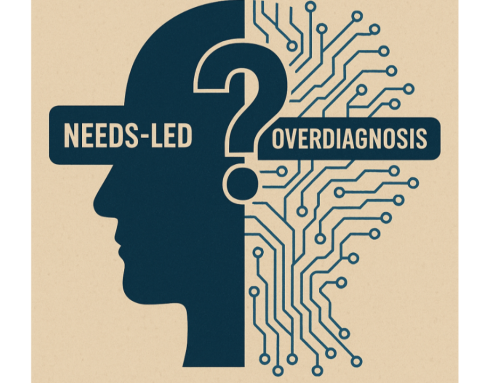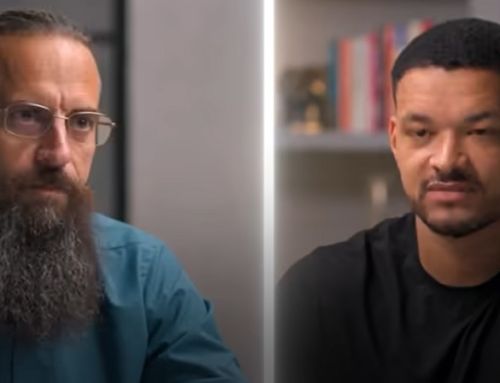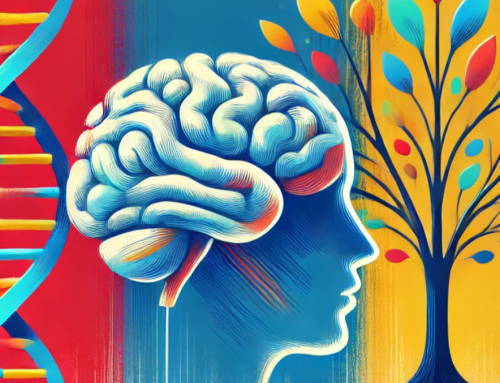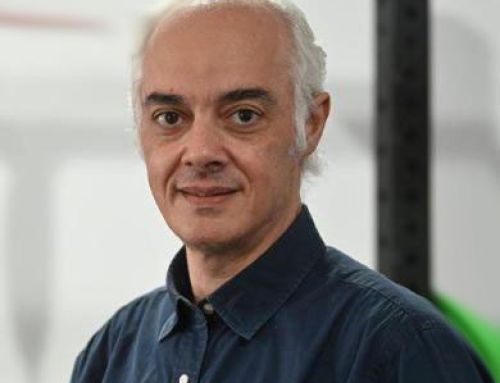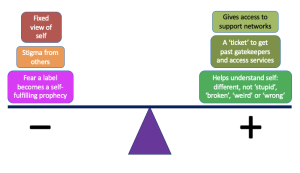 This piece from the LinkedIn newsletter Neurodiversity 101, was published on March 28, 2002, written by Professor Amanda Kirby.
This piece from the LinkedIn newsletter Neurodiversity 101, was published on March 28, 2002, written by Professor Amanda Kirby.
“Last week was Neurodiversity Celebration Week and wow what a week it was. You may have attended the many free webinars and events, read information, and perhaps been trying to find out more information to help yourself or your children.
In one webinar, I delivered at the start of the week more than 700 people enrolled to attend. Many people put in the ‘chat’ their concerns and frustrations in trying to navigate systems and gain help and support for themselves and their children. I don’t sleep at night thinking about this ( really!).
The challenge for us all is as soon as we’re concerned, or someone else has a concern about us or our child we want answers straight away. We usually don’t want to wait several years. Some people want definitively to know if ‘it’ is X or Y and are concerned without a diagnosis then what happens next.
I can accept that an accurate and timely diagnosis is often beneficial at the present time, especially for parents and caregivers who may need this to gain resources in educational settings. What we know about conditions under the ‘neurodivergent umbrella’ is that they often co-occur or overlap with each other. I always say your brain doesn’t know that conditions are in siloes. It is people who have put them into these distinct categories.” [Read the full article]
This is an excellent article on the Pros and Cons of diagnosis by Professor Kirby.
The issues raised resonated with me. As you may be aware, I was a ‘late diagnosis’, only becoming aware I was on the Autism spectrum in 2015. I have deliberately extracted the graphic above from the article as it rationalises in an uncomplicated manner six key points, that both the neurodiverse individual and their neurotypical family members must address.
Mark Quinn-Newall
